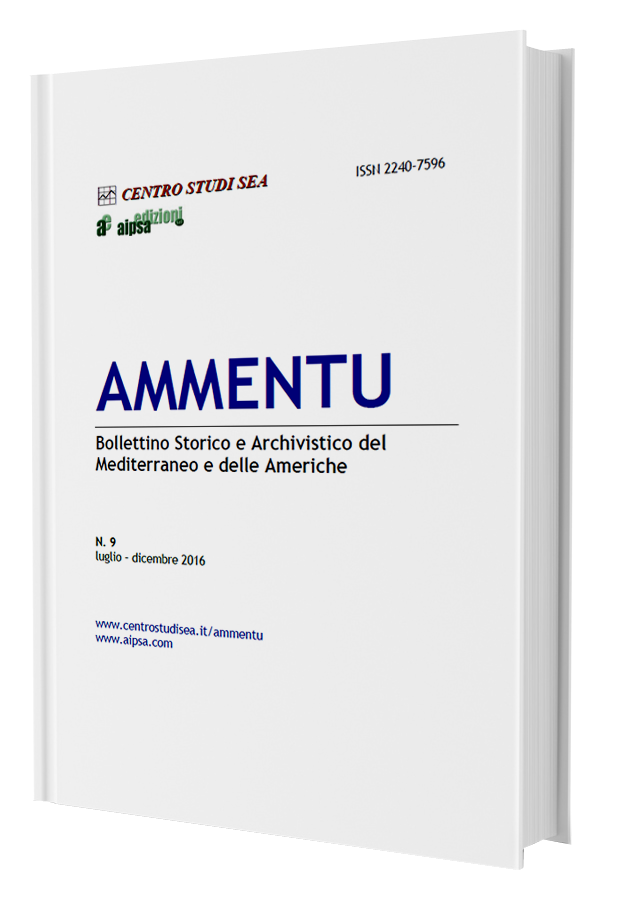The Sardinian Migration to Latin America in the First Decades of the 20th Century: The Case of Francesco Maria Scanu, Stonemason with a Talent for Poetry Who Migrated to Uruguay
DOI:
https://doi.org/10.19248/ammentu.235Keywords:
Sardinian Migration, Migrant Literature, Uruguay, Latin America, Francesco Maria Scanu, Benetutti, Nueva HelveciaAbstract
The migration phenomenon headed from Sardinia to Latin America during the first decades of the 20th century experienced an increase as compared with that of the 19th century. In spite of the above, the Sardinian flow with destination Uruguay was a minority phenomenon if compared with the migratory wave that departed from the island towards the neighbouring Argentina instead. Considering its characteristics, this small flow may be related to the one having the west bank of River Plate as final destination. Sardinian migrants headed towards the Eastern Strip mainly came from inland and the poorest areas of the provinces of Nuoro and Sassari. This last district and, more specifically, the Benetutti municipality was Francesco Marina Scanu’s place of birth, a migrant who left his country a very young age to move to Argentina first and then to Uruguay, to the town of Nueva Helvecia, where he put down roots. After becoming a successful entrepreneur, carving and selling marble, he devoted himself to write poetry in Spanish and not in Sardinian language, unlike most Sardinian first generation migrants. Most of his work was gathered in a volume, published in 1953, under the title: América sonora y otros poemas.Downloads
Published
2016-12-31
Issue
Section
DOSSIER - Entre destino y desatino: Biografie e storie di migrazione dal Nuovo Continente
License
Note on the copyright
The Copyright Notice below must be included with the journal information and in the metadata for each published article. Although every journal can freely determine the nature and scope of the copyright agreement with its authors, the Public Knowledge Project recommends the use of a Creative Commons license. For these purposes, an example is provided and may be copy and pasted in the space below for those journals that (a) offer open access, (b) offer deferred open access or (c) do not offer open access.









